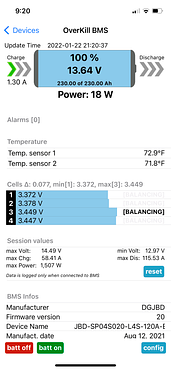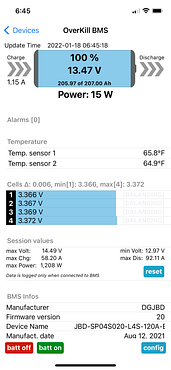eXodus
Solar Addict
- Joined
- Jul 27, 2020
- Messages
- 1,482
On my good old Chevy engine - those alternators are cheap, should it die - I'll get a larger one, but then I also have to upgrade wiring...If ya dont, you will be needing a new alternator soon.
I always wondered about that on RVs. This is my 2nd Class A and it has the Generator 12V in the house side.I don't know why they connect them to the house bank. [shrug]
The motorized RV system is designed with protecting the chassis starting capability in mind is my guess.
The generator fuel pickup tube - only extends down to 1/4 - the house system can charge the chassis when then engine is off - but not the other way around.
Maybe the generator is connected to the house is related to that safe starting mindset?
If you would run down your house batteries - you could just start up the engine and then after a few minutes of charging you can start the generator.
If you would run down your chassis batteries - you could just start up the generator and then the engine.




_IMG_4225.HEIC?width=960&height=720&fit=bounds)

